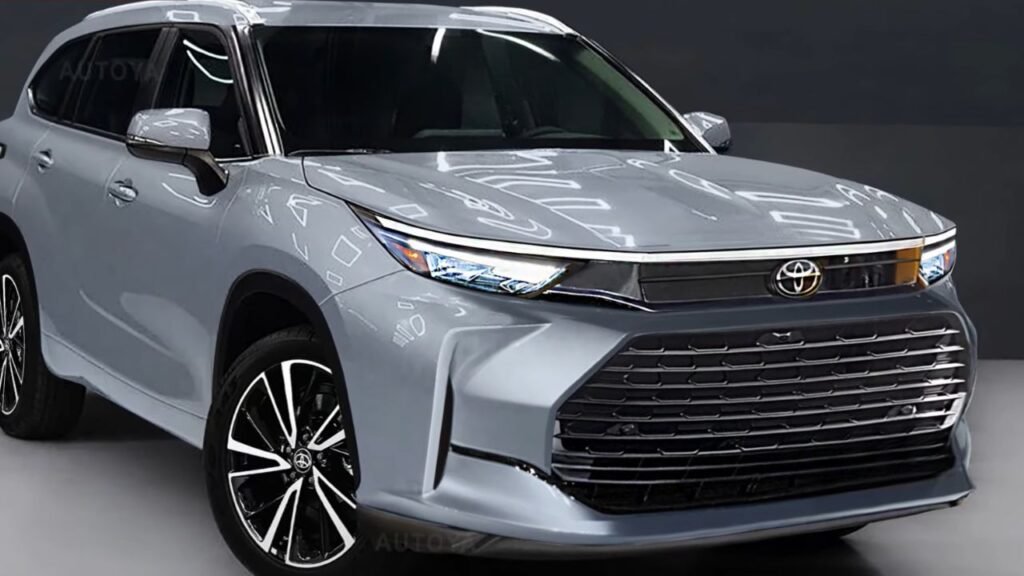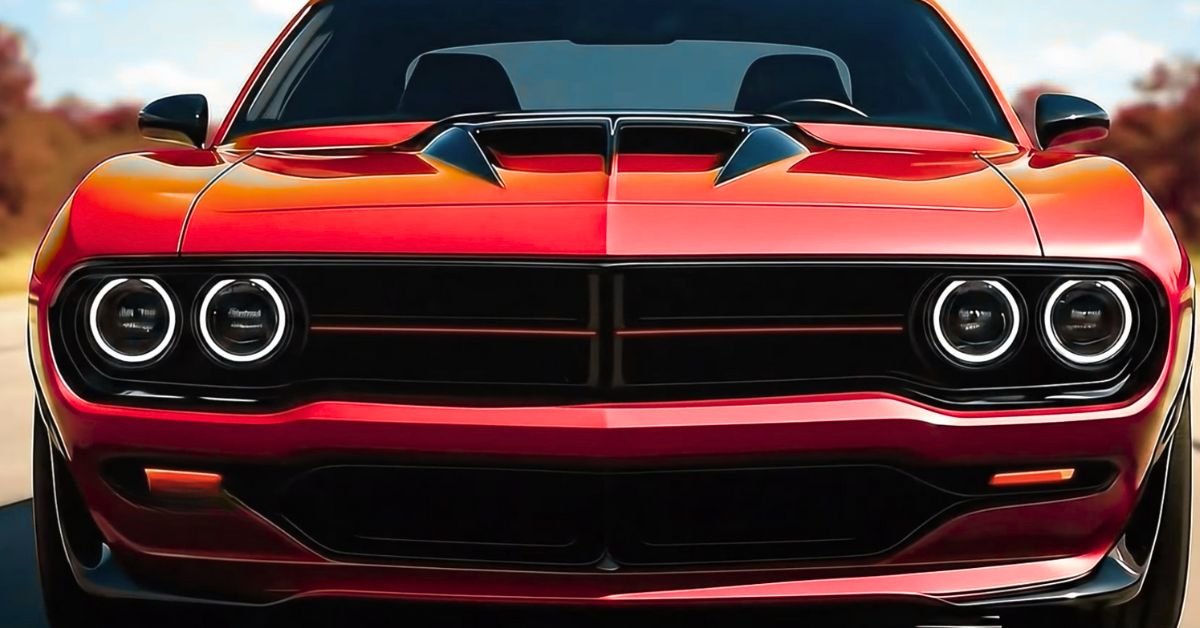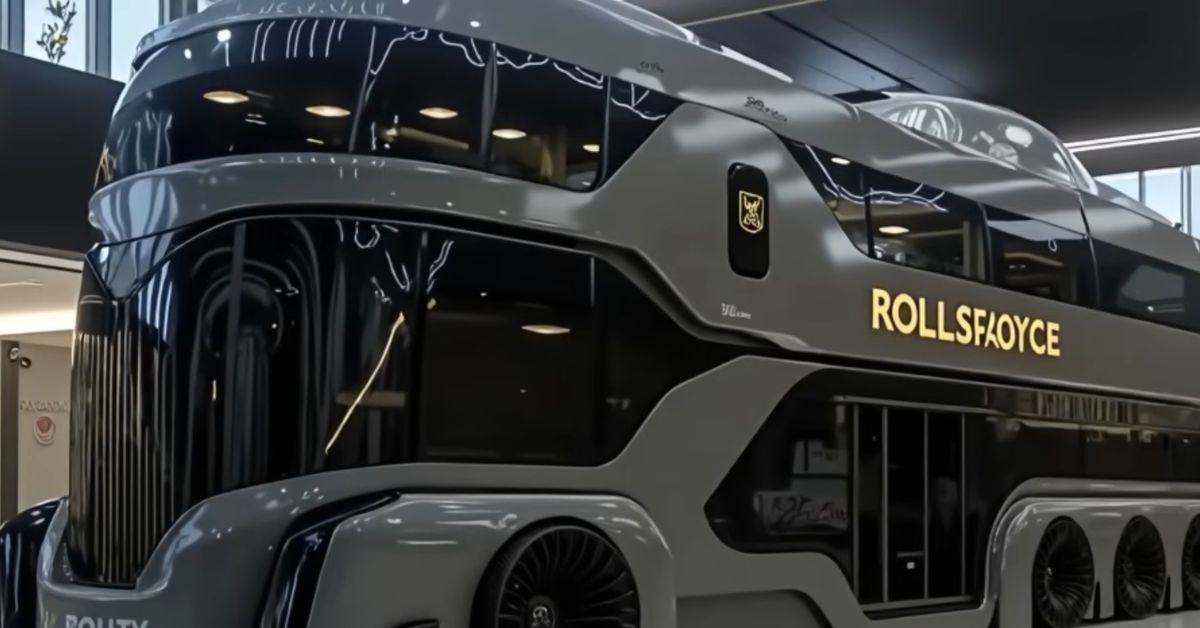2026 Toyota Highlander Redesign: Anticipating Toyota’s Hybrid-Focused Family Hauler
August 9, 2025 | by Team Neftin Mazda

Toyota’s iconic three-row SUV, the Highlander, is poised for a transformative redesign in 2026. As the automotive world shifts decisively toward electrification, the next-generation Highlander is expected to embrace a hybrid-exclusive powertrain strategy, enhanced technology, and thoughtful packaging to compete in the crowded midsize SUV segment. Drawing on verified reports and expert analysis, here’s a comprehensive preview of what to expect.

1. Powertrain Revolution: Hybrid Takes Center Stage
Industry insiders confirm the 2026 Highlander will likely abandon pure combustion engines, marking a pivotal shift toward sustainability. Two hybrid systems are anticipated:
- Base Hybrid: A refined version of Toyota’s proven 2.5L 4-cylinder hybrid powertrain, generating 243 horsepower and targeting an EPA-estimated 35 MPG combined. This setup prioritizes efficiency for daily driving and family logistics.
- Hybrid MAX Performance Option: Borrowed from the Grand Highlander, the turbocharged 2.4L Hybrid MAX system could deliver a thrilling 362 horsepower – a significant upgrade for drivers seeking power without sacrificing efficiency (est. 26–27 MPG combined) 14.
All models are expected to feature standard electronic all-wheel drive, enhancing traction and stability across diverse driving conditions.
Design & Platform
While exact dimensions remain under wraps, Toyota’s focus will likely center on improving third-row usability without drastically increasing the Highlander’s footprint. The current model’s third row is best suited for children, a limitation Toyota aims to address through smarter packaging.
Exterior styling is expected to evolve with cues from the Grand Highlander, such as a bold trapezoidal grille, sleek LED lighting, and aerodynamic profiles. The TNGA-K platform will underpin the SUV, ensuring agile handling and robust safety structures.
Interior & Technology
The cabin will receive substantial upgrades to match Toyota’s latest standards:
- Next-Gen Infotainment: A standard 12.3-inch touchscreen is expected, with higher trims potentially offering a 14.0-inch Lexus-derived display or even a front-passenger entertainment screen. Wireless Apple CarPlay/Android Auto and enhanced voice controls will be integrated.
- Comfort Enhancements: Look for available leather-trimmed seats with bronze accents (Hybrid MAX), improved noise insulation, and versatile seating configurations (7- or 8-passenger layouts). Ergonomics will prioritize accessible storage and USB-C ports throughout.
- Advanced Driver Aids: Toyota Safety Sense 3.0 will likely be standard, featuring Traffic Jam Assist, adaptive cruise control, and proactive lane-keeping. Available upgrades may include a digital rearview mirror, 360-degree camera, and parking sensors.
Market Positioning & Competitive Edge
The Highlander’s redesign positions it as a bridge between compact hybrids (RAV4) and larger three-rows (Grand Highlander). Key advantages include:
- Segment-Leading Efficiency: Its hybrid-only approach could maintain a 10–14 MPG advantage over non-hybrid rivals like the Honda Pilot or Kia Telluride.
- Pricing Strategy: With an estimated starting price near $49,000, the 2026 Highlander may command a premium over gas-only predecessors but undercut luxury competitors. The value-focused XLE trim will likely offer synthetic leather, a power passenger seat, and sunshades .
- Grand Highlander Synergy: Toyota’s expanded SUV lineup lets the Highlander specialize in efficiency for smaller families, while the Grand Highlander caters to those needing maximum space.
Release Timeline & Unanswered Questions
Toyota is projected to unveil the redesigned Highlander in mid-2025, with arrivals at dealerships by fall 2025. Key details still pending confirmation include:
- Final cargo volume (current gen: 48.4 cu ft behind second row).
- Exact third-row legroom improvements.
- Potential plug-in hybrid variant offering 40+ miles of electric range
RELATED POSTS
View all


